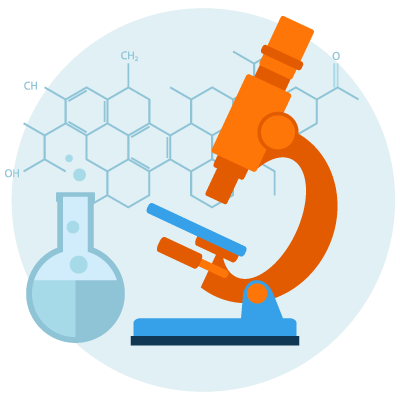
Multiple sclerosis (MS) is a disease in which the immune system attacks a protective sheath, called myelin, which covers nerves in the central nervous system (CNS (brain and spinal cord)). Myelin damage is referred to as demyelination and the consequence is the disruption of communication between the brain and the rest of the body. The CNS has the potential to generate new myelin (called remyelination) after damage, but for unknown reasons, remyelination fails or is incomplete in MS. Efficient removal of myelin debris from the tissue after demyelination is a prerequisite to remyelination.
In the CNS, a specific cell type, called microglia, can clear out myelin debris after damage. In MS lesions, microglial cells are activated and one of their functions is to pick up, digest and clear myelin debris (called phagocytosis). The mechanisms mediating microglia activation and phagocytosis are unknown.
Associate Professor Laura Piccio has been studying the role of TREM2, a protein located on the surface of microglia, in the phagocytosis of myelin debris and remyelination. The team’s preliminary results suggest that TREM2 plays a key function in these processes and that activation of TREM2 could enhance myelin debris clearance and remyelination.
The goal of this study is to investigate the molecular mechanisms supporting remyelination in the CNS with a specific focus on testing the effects of activating TREM2.
Associate Professor Piccio and her team have made significant progress in this project. They have shown that TREM2 regulates the activation of microglia and macrophages (another immune cell) that can move to the CNS during the development of MS. The number of cells that express TREM2 increases in areas of inflammation, but each cell has a similar amount of TREM2. A subset of the cells that express TREM2 in areas of inflammation are also actively involved in breaking down myelin and lipid debris (the fatty products of inflammation). The clearance of myelin debris is important for remyelination to occur.
In collaboration with colleagues at Ohio State University, Associate Professor Piccio and her team have also looked at the different levels of genes in microglia and macrophages in areas of inflammation. This work confirms that areas of inflammation are rich in macrophages and microglia. It also highlights that there is a link between TREM2 and CD68, a marker for cells that clear foreign substances such as myelin debris.
In the next couple of months, Associate Professor Piccio and her team will be looking at how TREM2 clears myelin and lipid debris in a laboratory model.
Updated 31 March 2024
Updated: 22 February, 2023

Laboratory research that investigates scientific theories behind the possible causes, disease progression, ways to diagnose and better treat MS.

Research that builds on fundamental scientific research to develop new therapies, medical procedures or diagnostics and advances it closer to the clinic.

Clinical research is the culmination of fundamental and translational research turning those research discoveries into treatments and interventions for people with MS.

